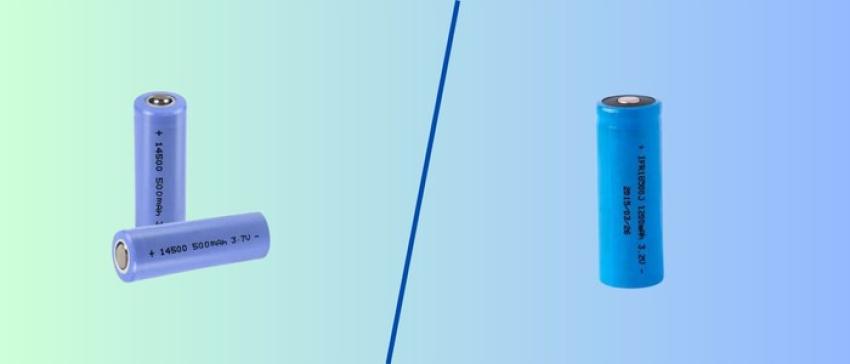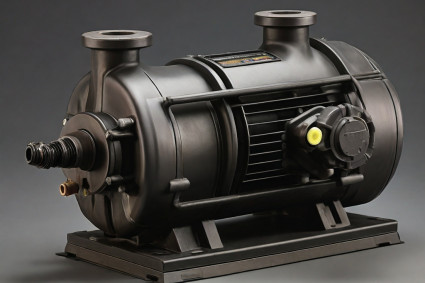
In terms of rechargeable lithium-ion batteries, such model names as 18500 and 14500 may easily disorient the consumer. They are both cylindrical batteries, but on the surface, they appear to be the same; their purpose is very different. Their numbers reflect the size actually, with the first two digits being the diameter of the item in millimeters, and the third, fourth and fifth digits being the length of the item in tenths of millimeters. This means that a 18500 battery is approximately 18 mm in diameter and 50 mm in length, whereas a 14500 battery is approximately 14 mm in width and 50 mm in length. The differences in size are converted to differences in capacity, voltage compatibility and practical uses.
Size and Physical Differences
The most apparent difference between 18500 and 14500 batteries is the size. A 18500 battery is broader with a diameter of 18 mm in comparison to the 14 mm diameter of the 14500. Although both batteries have a similar length of 50mm, the added width of the 18500 provides a great benefit in energy storage capacity as well as its overall performance. Devices that are made to accommodate bigger batteries may not be compatible with a 14500 because of the high looseness, and vice versa. Physical size also influences weight, whereby the 18500 is a bit heavier, which can be advantageous to some users who want stability with flashlights or other tools.
Capacity and Power Output
The other significant difference is in the capacity of storage of energy storage. Due to the larger size of the 18500 battery, it has a higher mAh (milliamp-hour) rating than the 14500. This implies that a 18500 battery can hold a greater amount of energy and hence charge a device longer. As an example, the typical battery of 14500 has a capacity of about 600-900 mAh, but a standard 18500 battery may have a capacity of 1100 mAh to more than 2000 mAh, depending on the brand and chemistry. This increased capacity also enables 18500 batteries to provide greater and more stable current and would be more suitable for high-drain devices such as vape mods, LED flashlights and some medical equipment.
Applications and Device Compatibility
The decision on which battery to use, 18500 over 14500, has frequently been based on the requirements and design of the device. Electronic gadgets, small flashlights, and LED headlamps tend to make use of 14500 batteries due to their good balance in size and capacities and the fact that they can be installed in tight spaces. Conversely, those gadgets that require more energy sources, such as high-end flashlights, some vaping gear, specialized tools, etc., often use 18500 cells. It is worth mentioning that any two batteries can not be used interchangeably as they are different in size and energy output, and installing the incorrect battery may lead to poor performance or even break the device.
Safety and Charging Considerations
Both 18500 and 14500 are correct batteries that need appropriate chargers that suit lithium-ion cell charge, but the safety issues differ slightly because of the capacity difference. A larger battery, such as the 18500, can withstand higher charging current and, in general, charges more quickly with the appropriate charger. A 14500 battery is more restricted in the speed of charge and must not be pushed beyond the recommended charge limit of its manufacturer. The sources can be considered to be of safety risks in case of misuse of either type of battery by means such as overcharging, using an incompatible charger, and those that are exposed to extreme heat. This is why it is always important that users make sure their charger is able to support the specific battery size and chemistry before trying to recharge.
Conclusion
To conclude, the main difference between 18500 and 14500 batteries is their size, capacity and use. The 18500 is heavier, holds more power and is more suited to the high-drain gadgets needing a longer time to run. The 14500 is a smaller and lighter version, though suitable for small machines with average power requirements. They can be of the same length; however, diameters, energy production, and areas of use differ enough to make them not interchangeable. Being aware of these differences would enable the consumer to select the appropriate battery to be fitted to their device to ensure that it not only works well but is also safe and reliable during normal use.








